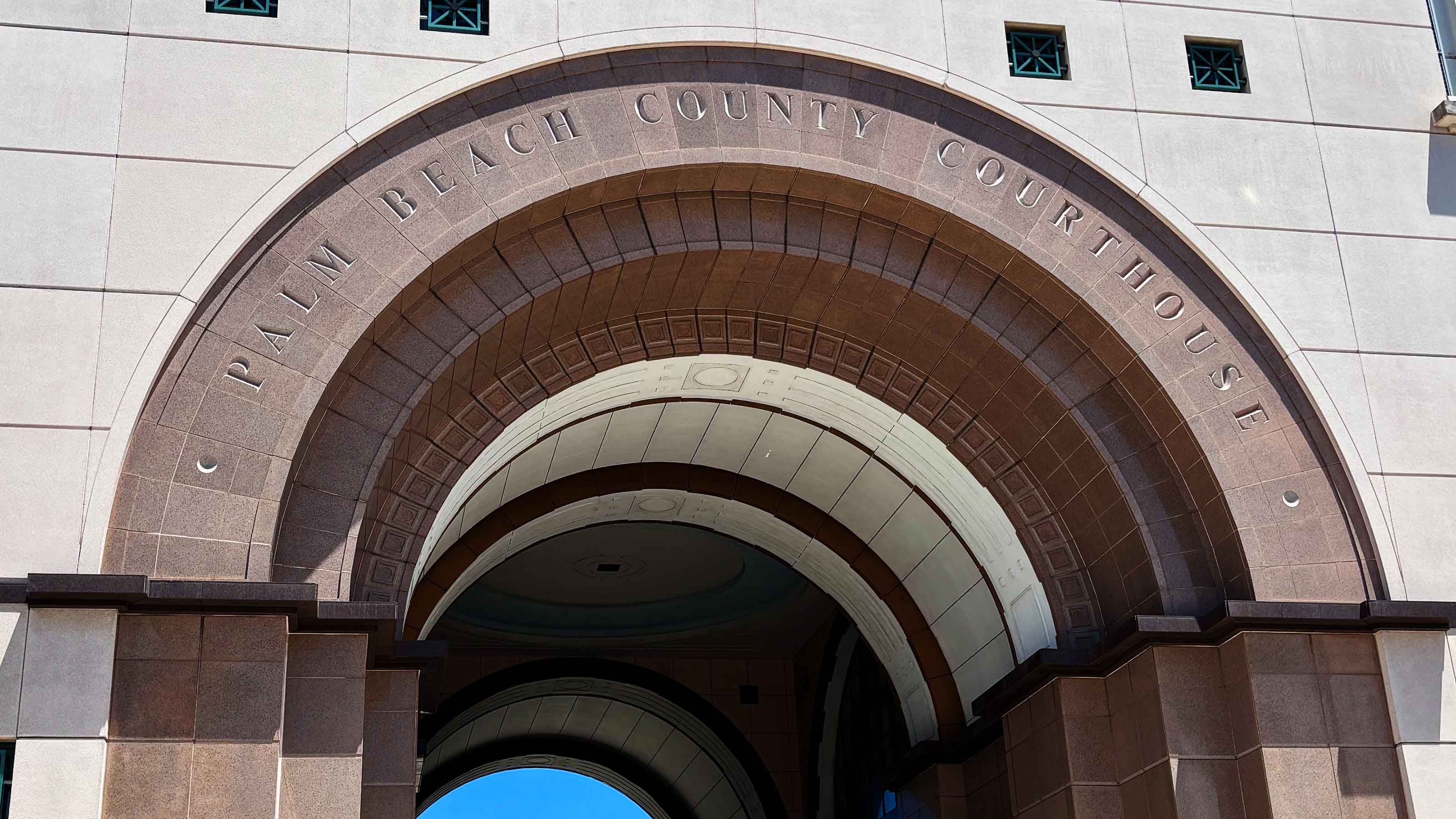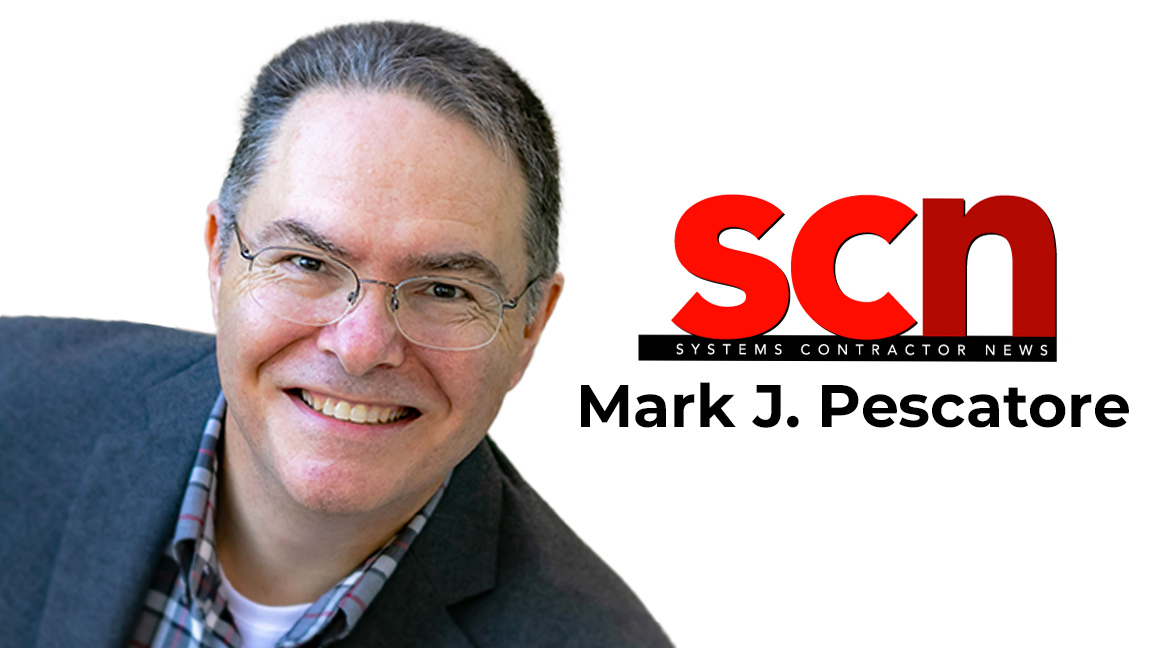"Counsel, please approach." Cue the white noise!
Gone are the days of a judge covering the mic or talking in whispered tones during a sidebar, at least in Palm Beach. How do I know? In August, I served on the jury for a civil case.
Several people asked me the same question: Did you try to get out of it? For context, you should know I keep copies of the U.S. Declaration of Independence and U.S. Constitution within reach at my desk. Old Glory flies at my home on national holidays. I am a proud American and truly believe jury duty is an important civic responsibility. Of course I tried to get out of it.
I showed up to the Palm Beach County Courthouse unshaven and not dressed for success. Then, I played my ace—when asked about my occupation, I said journalist. Nobody wants a nosy journalist poking around their case, right? I knew there was no way I'd get picked.
I got picked.
The trial took five days. There's a lot more downtime in a real trial than what you see on TV, so I had plenty of time to evaluate the Pro AV tools in use. I wasn't allowed to take any photos of the courtroom after the trial was complete, but I solemnly swear this is what I observed.

First, that white noise I previously mentioned came through loud and clear on in-ceiling speakers strategically installed above the jury box, counsel tables, and the gallery. It effectively and elegantly masked the sound from the sidebars between the judge and attorneys. Those same speakers also provided audio from the gooseneck mics at the judge's bench, witness stand, podium, and counsel tables.
For this particular trial, spreadsheets and other paperwork were admitted into evidence. The attorneys shared these via their laptops on a 65-inch display next to the witness stand. As you might suspect, the small type didn't translate well to the screen. The only way to get a good look at the data was to zoom in, which was a challenging, often frustrating exercise for the attorneys.
While we're on the topic of visuals, the trial had some witnesses appear via Zoom. I don't like this trend, and I'd bet there are legal scholars who can better articulate the potential issues of hearing testimony from witnesses not present in the courtroom. That said, the use of videoconferencing became widespread during the pandemic—good luck trying to put that genie back in the bottle.
When I join a videoconference from my office, I'm framed properly, well lit, and sit in front of a neutral background. Let's just say the people's business is far less interested in webcam cinematography. We had one witness give testimony from the front seat of a car. The angle was … not flattering. Even the judge's webcam image wasn't centered, and her black robe didn't do the auto exposure any favors.
Every remote witness had issues with the videoconferencing platform, from an inability to see the judge to muted audio. The Zoom tech support force was strong with this judge and all problems were resolved, but they took time and were distracting.
While the courtroom generally overlooked the amateurish video, audio was another story. Every remote witness could be heard clearly (once they were off mute). I don’t discount the importance of visuals, but it was very clear that the trial's spoken interactions were the top AV priority.
Yes, there were some technical glitches during the trial, but they were almost exclusively human error. That does not in any way discount the importance of the Pro AV work being done in today's courtrooms. For those of you who design, install, or maintain courtroom AV systems, we the jury sincerely thank you for your service.

